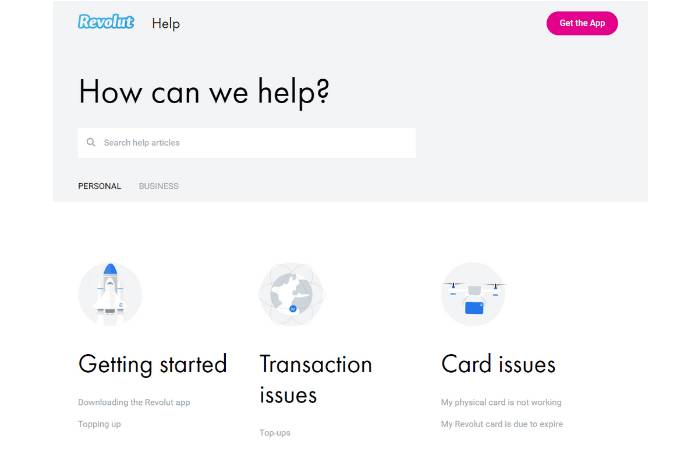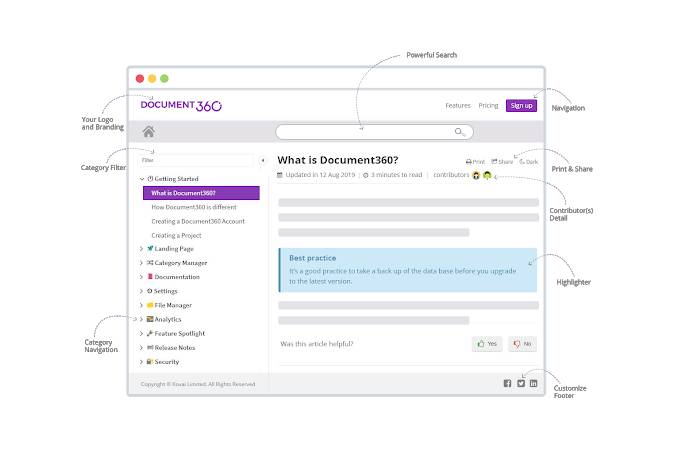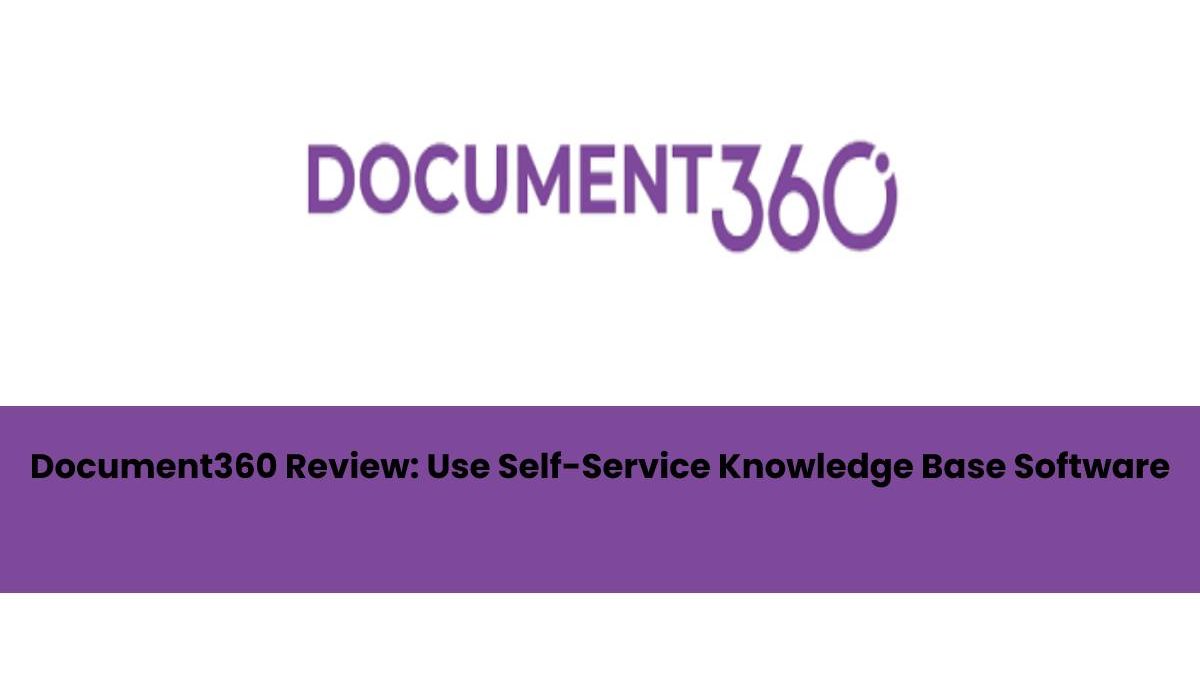From the consumer’s perspective, do you like being kept on hold while a company’s tech support team assists customers who reached out before you? Or, do you enjoy waiting for a customer service rep to scour for information related to your query?
Surely not. The vast majority of modern consumers simply lack the patience (which wears out at just 10 minutes) to wait for answers to their questions. In fact, nearly one in every three consumers expect immediate assistance when reaching out to a company’s online support staff.

Source: Econsultancy
In other words, if your customer demands an answer to some query, they want it pronto.
And so, without a doubt, rendering near-instant customer service is a pressing priority for businesses big and small. Plus, the larger your company’s client base grows, the more challenging it will become to provide immediate, one-to-one support on a consistent basis.
Enter customer self-service, wherein the consumers help themselves using resources you’ve provided with the help of a knowledge base.
Table of Contents
What Is a Knowledge Base?
A knowledge base is essentially a self-service centralized repository of readily retrievable information about your company, product/service, or industry-relevant topics.
From the consumer point of view, an external (aka public) knowledge base is a go-to resource for them to learn anything and everything they want about your business. For example, your external knowledge base can include FAQs, getting-started guides, how-to articles, feature updates, etc. meant for instant self-help.

On the other hand, an internal knowledge base (only accessible to employees) allows your workforce to collaborate and distribute all company knowledge and information internally. For example, your internal knowledge base can include design guidelines for designers, content writing templates for writers, onboarding material for new employees, company policies, etc.
That is, an internal knowledge base helps centralize all your company information and useful resources for your workforce in one convenient location. It’ll also help new joiners get up to speed more quickly while streamlining internal processes.
Now, in this post, let’s focus on the consumer side of things when it comes to knowledge bases.
Why Build a Self-Service Knowledge Base?
Typically, when you have a question related to company policy or can’t figure out how to carry out a task using the product, you consider contacting the support team. But more often than not, this involves waiting hours or even days until you receive a reply to your email or, as mentioned earlier, being put on hold on the phone, jumping from one support rep to the next.
Knowledge base systems are an elegant solution to this age-old problem. You can provide almost immediate support and in-depth answers to your customers’ most commonly asked questions.
An intuitive and searchable knowledge base enables customers to dig up information and solve issues on their terms, rather than on the company’s terms. There’s no need to submit multiple tickets to the help desk or wait for the next available customer representative. In fact, 51% of customers prefer support through an online knowledge base.
A well-designed knowledge base — complete with FAQs, product documentation, feature updates, getting started guides, and step-by-step tutorials — lowers the number of support tickets your team has to handle, which means you can get by with a smaller support team and save huge costs on support.
Furthermore, by enabling customers to find solutions themselves, you give your support team the bandwidth to take care of more complex customer issues, and thus get the most ROI on your support team.
Yet another benefit of having a knowledge base is better search engine discoverability. A knowledge base gives your business website a huge SEO boost as with more published content on your knowledge base, the search engine crawlers are better able to crawl, index, and rank your website. You can rank for search phrases like questions related to your product using your knowledge base content.
Important Features of an Effective Knowledge Base
There are a handful of knowledge base software solutions available today, and when you’re deciding on one, it’s important to make sure the tool boasts the following features.
- Search Function: Users must be able to search for articles and specific content on your knowledge base to quickly find solutions to their problems.
- Easily Manageable Categories: When there are a ton of topics, it’s easy to get lost while updating and adding new content. A simple categorization system is a must to help keep the knowledge base organized.
- Feedback System: To measure the effectiveness and improve your knowledge base, it is crucial to get feedback from users. To learn if an article your knowledge base was helpful to users or not, even a simple thumbs-up/down system will do.
- Analytics & Reports: Analytics helps you analyze user engagement for individual articles and other key metrics. This will enable you to keep improving your knowledge base and create more useful resources.
Document360: One of the Most User-Friendly and Feature-Rich Self-Service Knowledge Base Softwares
Document360 is an extremely easy-to-use cloud-based software designed for the singular purpose of creating well-organized knowledge base platforms. It is trusted by dozens of leading companies such as Microsoft, Monday.com, Stackify, and even Harvard University.
The tool features a minimal and elegant user interface with a beginner-friendly markdown editor for making both internal and public knowledge bases. The platform works completely online and is a responsive tool (i.e. can be accessed across all devices — desktop, tablet, and mobile).
Advantages of Document360

Here are just a few reasons why Document360 is a good bet.
- Ease of use: The software has a core focus on content and offers an extremely intuitive (and customizable) user interface to manage and organize your knowledge base.
- Markdown Editor: It supports markdown for easier content editing.
- Intelligent Search: It boasts a fast intelligent search that automatically suggests answers as you type.
- Private or Public: You can create multiple private knowledge bases to serve your employees as well as public knowledge bases for customers.
- Immediate resolutions: As soon as users type their queries into the search box, Document360 will crawl the database for answers. This means that they can find resolutions instantly, thanks to the platform’s powerful search capabilities.
- Category Manager: You can create a well-structured hierarchy of all your knowledge base content, with up to 6 sub-categories, making it easy for users to find and consume information.
- Organized Assets: With your knowledge base, you want documents, images, videos, and other assets to be found easily. Document360 is ideal for keeping everything organized with its file manager.
- Version Control and History: The platform has a built-in version control feature so you can keep track of changes to the content. This way, you can roll back updates if there’s a need for it.
- Analytics: Analytics ensures that you gain an accurate and thorough understanding of your knowledge base’s effectiveness. Search analytics collects all search queries, including failed searches.

Furthermore, Document360’s security module allows users to assign role-based access permissions to different readers, map domains, redirect articles, and schedule automatic backups. The platform also boasts a text to speech functionality.
So, suppose you’re a SaaS company with a global customer base. You receive 100 support tickets each day, out of which nearly 40 tickets are frequently asked questions or questions related to onboarding and payment. It doesn’t make sense to burden your customer support team with issues that users can instantly resolve themselves.
By having a self-service knowledge base like Document360, you can create easy-to-digest documentation about those frequently asked questions with a lightning-fast search engine and also can categorize, structure, and customize the knowledge base for the customers.
Downsides of Document360
The biggest notable downside is the lack of Integrations. Document360 third-party integrations are limited to just a few apps like FreshDesk, Intercom, Zendesk and Google Analytics.
Pricing
Document360 has simple and transparent pricing plans starting at $49 per month with 2 team accounts, 5GB storage, and 10,000 page visits/month. And it goes all the way to $499 per month for 30 team accounts, 300GB storage, 300,000 page visits/month, adequate for large enterprises.
Conclusion
A well-designed and up-to-date knowledge base that’s built with the customer in mind can hugely enhance customer experience and minimize customer churn. With average rating of 4.7/5 (31 reviews) on Capterra and 4.9/5 (50 reviews) on Product Hunt (at the time of writing), Document360 certainly deserves a shot.

